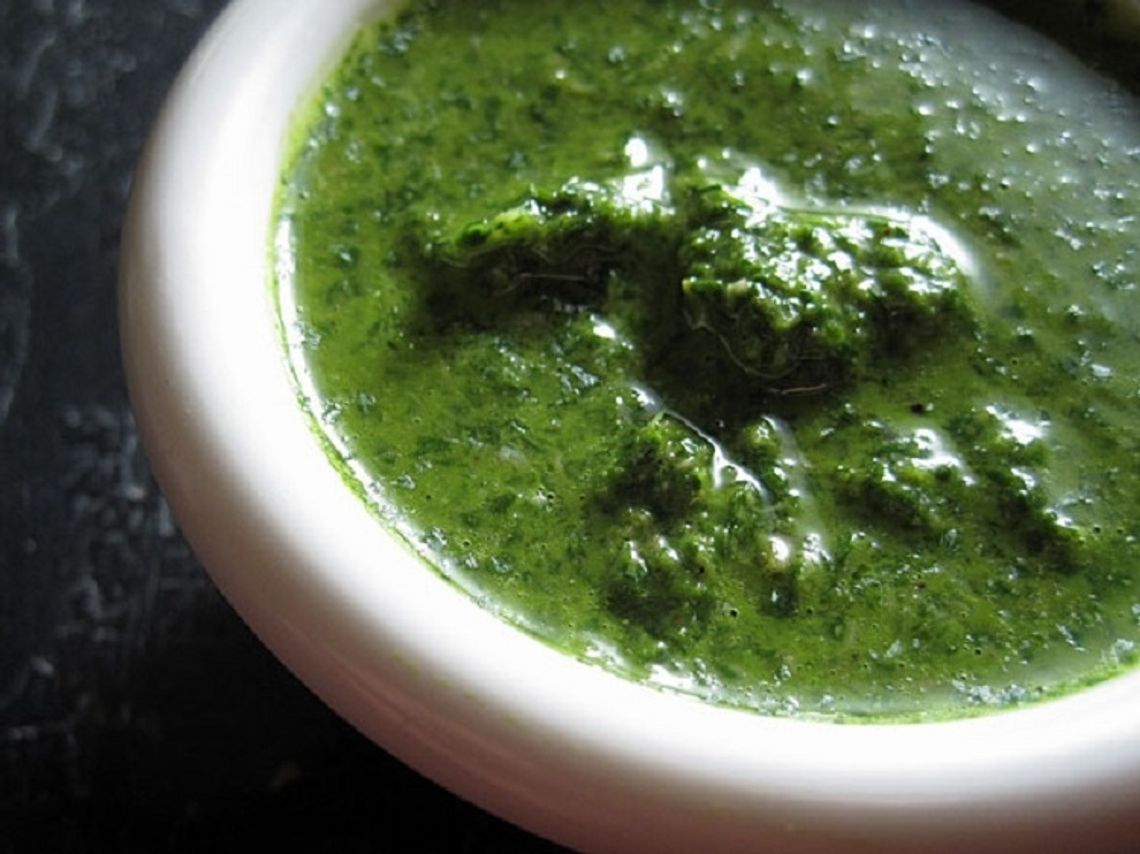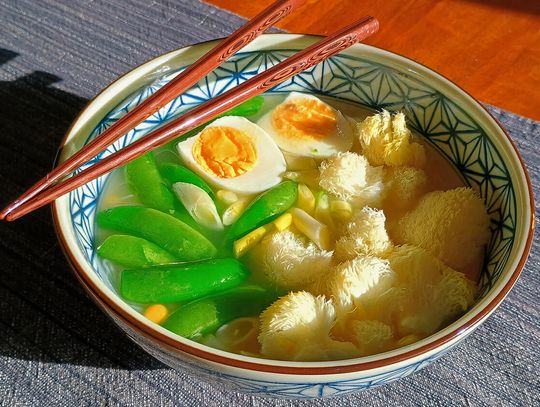Last week we talked a bit about associating memories with smell and taste ala Marcel Proust. It is amazing how we can be transported back in time through the stimulus of a single bite or whiff of a scent in the air. There is a flip side to the coming together of memory and food, just ask anyone who is tasked with making another person’s famous dish. In my case, the challenge isn’t limited to replicating someone else’s recipe, sometimes I am challenged in replicating my own.
About 5 years ago I made potato salad for a backyard barbeque. I have an aversion to eating anything at a potluck that contains mayonnaise unless I bring it myself–so if Neil or I want to eat potato salad, I make potato salad. My approach to potato salad is governed more by generalities and less by recipes, meaning that ingredients from the fridge and pantry that are available and appropriate for potato salad get included. The result of this sort of “everything but the kitchen sink” approach is that every iteration of my potato salad is different–delicious, but different. It was just my luck that my husband really loved that one magical potato salad all those years ago. It was a salad born out of leftovers with some super seasonal local produce thrown in, and it absolutely cannot be replicated. So now, every batch of potato salad I make is aspiring to the unachievable goal of somehow matching the “taste” of a magical memory.
Potato salad is not the only dish with which I am competing with a memory. More often than not, I cook without a recipe or with many recipes that I integrate–so I don’t have a one-stop-shop where I can go to look up what I did last time, or “that one time” that Neil remembers. This last week, he just could not fathom how I didn’t remember the specific ingredients and ratios that I used to make a batch of Chimichurri (or was it Italian Salsa Verde?) that he enjoyed eating on crackers for a week, three months ago. I can’t remember the exact ingredients that I put in my beans two days ago.
Fortunately, I have this article to memorialize great iterations of dishes and to share them with all of you. This week, we are going to dive into the great condiment debate that is raging in my household–Chimichurri vs Italian Salsa Verde (what is the difference, and which one is the one Neil remembers).
Italian Salsa Verde and Chimichurri are both cold green condiments that are made of fresh herbs paired with olive oil and an acid. They are similar enough to each other that you can substitute one for the other. When it comes down to it, the main differences are that Italian Salsa Verde includes briny ingredients like capers and features basil, while Chimichurri includes red chili and features cilantro & oregano. Rather than get mired down in the muck trying to decide which tasty green condiment is superior, I now present you with an all-new fusion recipe:
Kelli’s Fallon-style Salsa-Chimi-Verde
INGREDIENTS:
2 shallots - minced
1 jalapeno - seeded, stemmed, minced
1 bunch parsley - stemmed and minced
1 bunch cilantro - mostly stemmed and minced
3 cloves garlic - crushed
2 anchovies - minced (or a squirt of anchovy paste)
2 T capers
1 t sugar
1 lemon - juice and zest
½ c olive oil - plus more as needed
¼ c red wine vinegar
Salt, black pepper, and chili flake - to taste
DIRECTIONS:
- Combine all ingredients in a mixing bowl and stir well.
- Add additional red wine vinegar and olive oil until you have reached the wetness that you prefer (we like ours on the juicy side)
- Season to taste with salt, black pepper, and chili flake.
- Enjoy as a sauce on fish (the Italian Salsa Verde way), beef (the Argentinian way), or on crackers (the Neil way).








































Comment
Comments